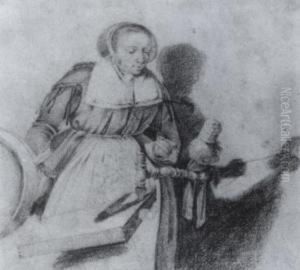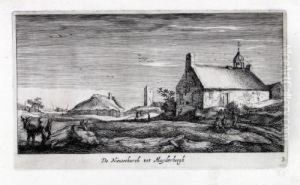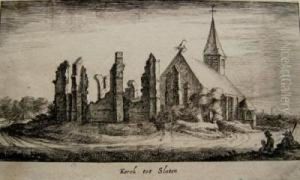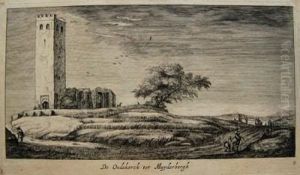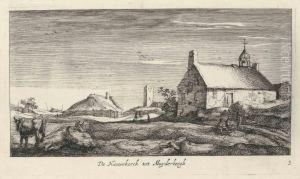Gertruyd Roghman Paintings
Gertruyd Roghman was a Dutch Golden Age engraver known for her detailed domestic scenes and portraits. Born in Amsterdam in 1625, she was part of an artistic family; her father, Henrick Lambertsz Roghman, was a landscape painter, and her brother, Roelandt Savery Roghman, was also a painter and engraver. This environment undoubtedly influenced Gertruyd and provided a fertile ground for her artistic education and development.
Roghman specialized in engraving, a practice that involves incising a design onto a hard, usually flat surface, by cutting grooves into it. Unlike many women of her time, she focused her artistic efforts on scenes of daily life, particularly those featuring women engaged in household tasks. Such subjects were a popular theme in Dutch genre painting, reflecting the cultural emphasis on domestic virtue and the valorization of the home as a central aspect of life in the Dutch Republic.
Though Gertruyd Roghman's life was relatively short, as she died at the age of 32, her work provides valuable insight into the roles and activities of women in 17th-century Dutch society. Unfortunately, like many female artists of the period, Roghman did not receive the same level of recognition as her male contemporaries, and her oeuvre has only been modestly acknowledged in the historical record. However, her existing engravings serve as a testament to her skill and the perspective she offered on the everyday life of Dutch women. Today, art historians work to reassess and bring attention to artists like Roghman, whose contributions to the art world are significant, though often overlooked in the broader narrative of art history.
